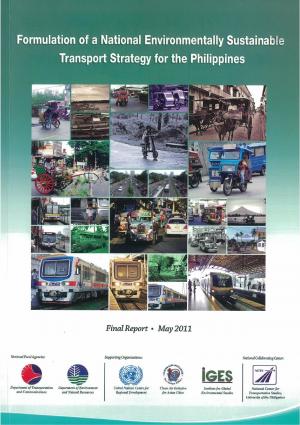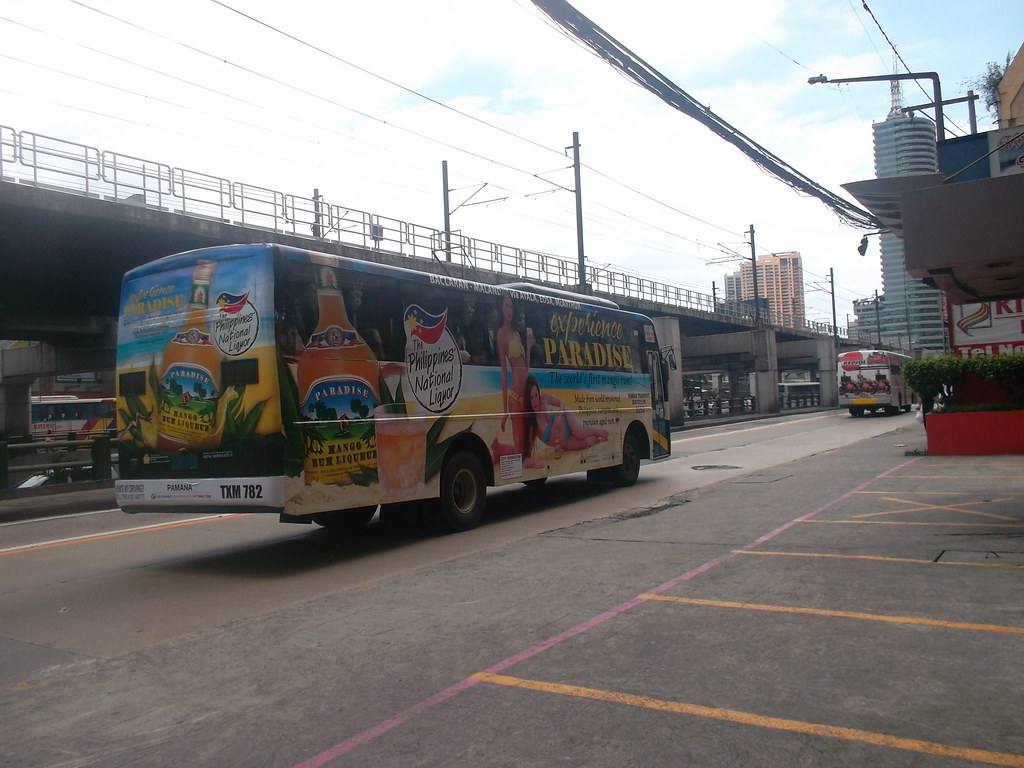Boost Your Company with Transit Advertising Philippines
Boost Your Company with Transit Advertising Philippines
Blog Article
Just How Transit Advertising And Marketing Can Transform Public Transport Spaces Into Dynamic Advertising Platforms
Transportation advertising holds substantial potential to redefine public transport rooms into vivid advertising platforms that involve and inform. By using ingenious layouts such as interactive booths and digital display screens, brand names can not just get to a diverse audience however additionally enhance the general commuter experience. This approach creates a special possibility for brands to get in touch with consumers in a setup that is frequently ignored. As we check out the multifaceted benefits and progressing methods of transportation advertising and marketing, it raises the question of how this change might redefine our communications with both brands and the urban environment.
Benefits of Transit Advertising And Marketing

Furthermore, transportation marketing is highly economical compared to typical media. It enables marketers to accomplish high impacts at lower prices, making best use of return on financial investment. The captive audience of travelers offers a possibility for brands to share their messages to individuals who are often receptive throughout their travel times.
Moreover, the vibrant nature of transit advertising enables projects to be updated often, making certain that messaging remains timely and appropriate. This flexibility can be essential in replying to market trends or marketing events, keeping the brand top-of-mind for customers. Last but not least, the prevalent presence of transit advertising adds to brand name recall; duplicated direct exposure within familiar travel contexts strengthens brand name recognition and fosters consumer commitment, ultimately driving sales and improving brand name online reputation.
Types of Transit Marketing
Public transport systems supply numerous styles for advertising, each dealing with various advertising and marketing techniques and audience engagement methods. One popular type is outside bus and train wraps, which cover the entire car and produce a mobile billboard effect, permitting high exposure in urban environments. These wraps can capture focus as they traverse busy roads, getting to a varied target market.
Another preferred layout is indoor marketing, that includes posters, digital displays, and ads on transit seats. These positionings engage passengers throughout their journey, reinforcing brand name messaging in a constrained area. Digital displays, specifically, use the advantage of vibrant material, enabling marketers to update messages in real-time.
Terminal marketing is additionally substantial, featuring posters, banners, and interactive stands within transportation stations. These advertisements leverage foot website traffic and can target particular demographics based upon place.
Lastly, advertising partnerships with transportation authorities can result in one-of-a-kind campaigns, such as themed transportation experiences or events, boosting the overall involvement with commuters. Each sort of transit advertising and marketing provides distinctive benefits, enabling brand names to tailor their technique to efficiently reach their target market within the public transport environment.
Engaging Commuters Properly
Commuters are progressively flooded with advertising messages during their day-to-day travels, making it vital for brand names to engage them in ingenious ways. To catch focus in this jampacked space, advertisers have to focus on creativity and significance. Using eye-catching visuals and concise get more messaging can dramatically enhance the possibility of interaction.
Interactive components, such as QR codes or increased reality features, can also transform static ads right into immersive experiences, promoting a much deeper link with the target market. Brand names should focus on attending to travelers' interests and needs, tailoring messages to resonate with their lifestyle, whether through promotions for local companies or services developed to improve their commuting experience.
Furthermore, timing plays an important function; tactically putting ads during peak commuting hours can make best use of presence and influence. Involving commuters effectively likewise involves leveraging social networks integration, permitting guests to share their promotions or experiences directly from transportation systems, consequently magnifying brand name reach.
Fundamentally, effective engagement rests on recognizing the commuter journey and developing compelling, interactive, and relevant advertising experiences that not just catch attention yet likewise drive action and commitment. By doing so, brand names can change public transport into a vibrant marketing system that reverberates with its audience.

Measuring Marketing Impact
How can brand names precisely assess the performance of their marketing campaign en route settings? Determining the impact of transportation advertising needs a complex technique that combines measurable and qualitative metrics. One common method is tracking interaction through mobile analytics, where brands can assess foot web traffic patterns and application interactions in the past, during, and after projects.
Surveys can supply valuable understandings right into brand recall and customer view, enabling brand names to gauge exactly how well their messages reverberate with commuters. Additionally, keeping track of social media sites engagement associated to details campaigns can reveal changes in public perception and brand conversation.

Additionally, working together with transportation firms can boost dimension precision, as they frequently possess thorough demographic data on ridership trends. By integrating these approaches, brands can develop an extensive understanding of their marketing efficiency, making sure that their projects not just reach however likewise affect their Homepage target audiences efficiently.
Future Trends en route Advertising And Marketing
A substantial change is prepared for in transit advertising as technical developments and changing customer habits reshape the landscape. Transit Advertising Philippines. The combination of digital displays and interactive media is anticipated to improve interaction, permitting brand names to provide dynamic web content that resonates with diverse audiences. As public transport systems accept smart technology, marketers will certainly leverage real-time information analytics to customize messages based on guest demographics and habits
Furthermore, augmented truth (AR) is poised to change the method commuters connect with ads. By providing immersive experiences, AR can change a mundane trip into an interesting narrative that records interest and fosters brand name loyalty. This innovation will likely urge advertisers to develop more experiential projects that drive consumer communication.
Sustainability is another important trend affecting transit marketing. As environmental consciousness expands, brand names will increasingly seek to straighten with environment-friendly practices, using lasting materials and advertising environment-friendly efforts within their projects.
Conclusion
Finally, transportation advertising uses considerable benefits by enhancing brand presence and involving a captive audience. With numerous formats, such as exterior covers and electronic screens, it transforms public transport right into a vivid marketing system. Effective interaction methods and durable dimension techniques even more magnify its influence. As fads evolve, the capacity for ingenious communications in between commuters and brands is poised to grow, guaranteeing that transit marketing continues to be an essential part of modern-day marketing strategies.
Transportation marketing holds significant potential to redefine public transport areas into lively advertising systems that educate and involve. The pervasive visibility of transportation marketing contributes to brand name recall; duplicated exposure within familiar traveling contexts strengthens brand recognition and promotes consumer commitment, eventually boosting and driving sales brand name credibility.
How can brand names accurately analyze the efficiency of their advertising campaigns in transit settings?In final thought, transportation marketing offers substantial advantages by boosting brand presence and engaging a restricted audience. Transit Advertising Philippines. As patterns evolve, the possibility for cutting-edge interactions in between commuters and brand names is positioned to grow, making certain that transit advertising and marketing remains a crucial visit the site component of contemporary advertising and marketing techniques
Report this page